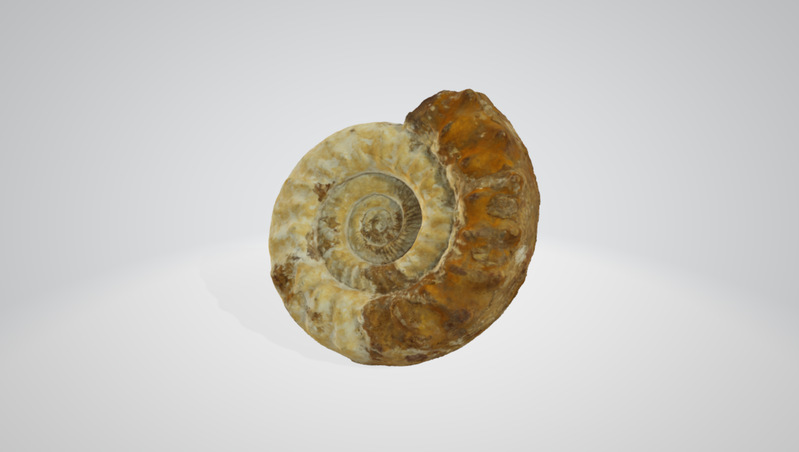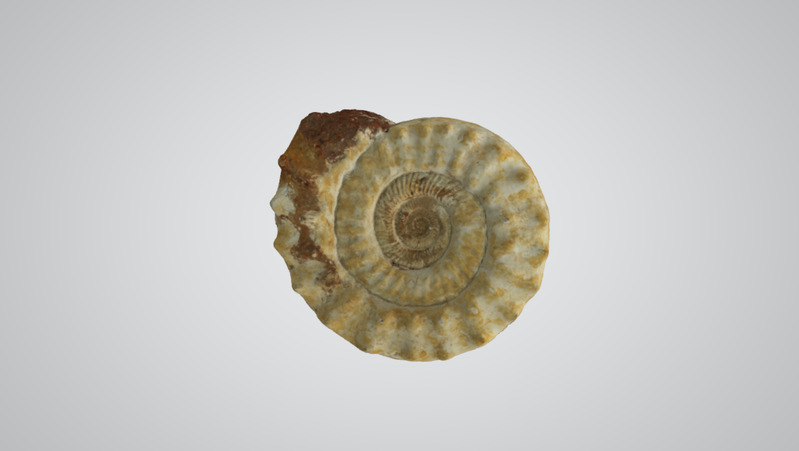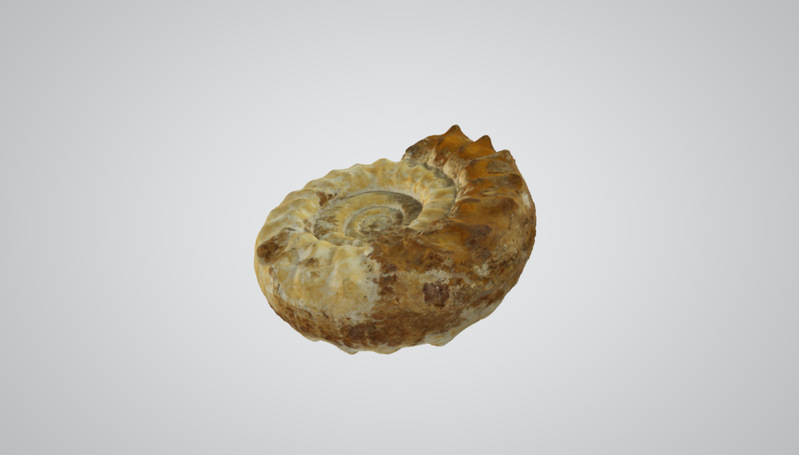


莫顿菊石(Mortoniceras)
产地:马达加斯加
特征:
莫顿菊石产于英国,生存于白垩纪早期(1.37亿年前)。
菊石化石均产于浅海沉积的地层中,并与许多海生生物化石共生。菊石是划分和对比地层最有效的标准化石,可划分出颇为精细的菊石带。在中国古生代和中生代地层中所含的各种菊石,都具有重要的意义。
我国西藏的珠穆朗玛峰地区有大量的菊石化石,甚至随手可得,因为在2亿多年前,那里曾经是古喜马拉雅海,由于造山运动,地壳上升,海底变成了高山。因此,生活在海洋底层的菊石,就呈现在地面上,成为喜马拉雅山地壳运动变化的见证物,同时也为恢复当地的古生态环境的提供了有利的证据。
一般菊石较小,多为8-9厘米,此菊石直径达45厘米,并且未被挤压,壳外旋,腹侧具有粗强的龙骨,旋环侧面近方形,非常饱满,栩栩如生,实为罕见。
莫顿菊石有很高的科研和观赏价值,一般与实木台架搭配作为家庭客厅摆设,或用于博物馆展览,以及化石研究。
Mortoniceras
Provenance: Madagascar
Characteristics:
Mortoniceras is an ammonoid genus belonging to the superfamily Acanthocerataceae, named by Meek in 1876, based on Ammonites vespertinu, named by Morton in 1834.Mortoniceras is the type genus of the Mortoniceratinae, one of 4 subfamilies in the Brancoceratidae which is part of the Acanthocerataceae (renamed Acanthoceratoidea to conform with the ICZN ruling on superfamily endings)
Mortoniceras is found in middle and upper Albian sediments, at the end of the Lower Cretaceous in Africa, Europe, North America, and South America.
In Grayson Co., Mortoniceras ammonites were found around the dam area of Lake Texoma. These ammonites are quite large and are an inch to three inches thick. The siphuncle is commonly seen running along the top ridge of the fossil as shown in the examples below. In Cooke Co., there are very large Eopachydiscus, Mortoniceras, and several types of heteromorph ammonites. Some of the Eopachydicus were up to three feet in diameter.